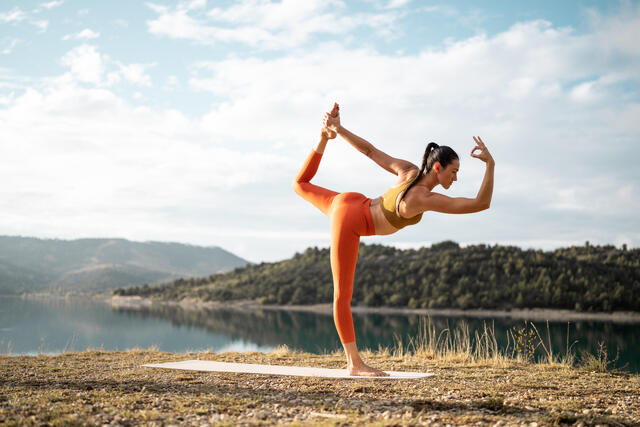What size hockey stick do i need?
There are a few theories on how to measure a hockey stick's size. The most popular way of measuring it is from the floor to the hip bone. This works as a rough guide for buying online kids' sticks.
The best way is to pick up a stick and use it in the store. For children, if it's their first-ever stick, use the hip measurement as a starting point. Then take a ball from the display and either pass between the child and yourself or, if they are confident enough, ask them to dribble or try a "v drag".
It's not unusual for your child to want to upgrade to an adult stick before they are ready, as the adult range tends to open up more in composition, shape and graphics. However, this could negatively impact your child's development, encouraging incorrect body posturing.
You'll know just from observing whether your child is in the right area size-wise. Generally, adults will use a 36.5-inch stick, while some prefer 37.5-inch sticks. 38.5"-inch sticks are now becoming popular and can be purchased online for more advanced models.



















